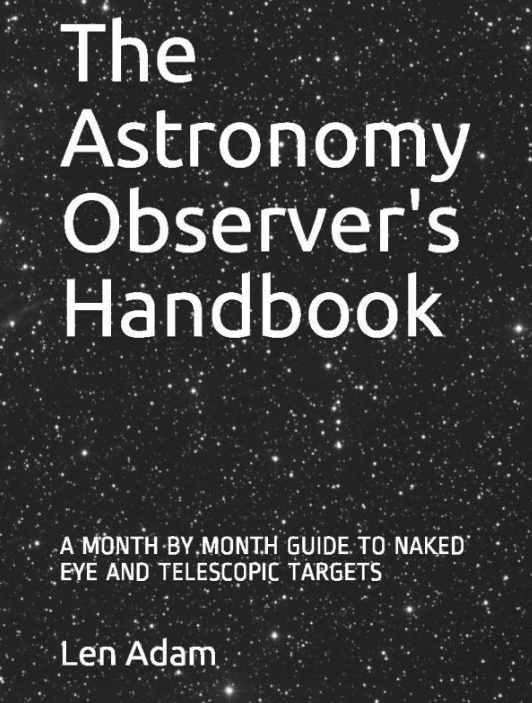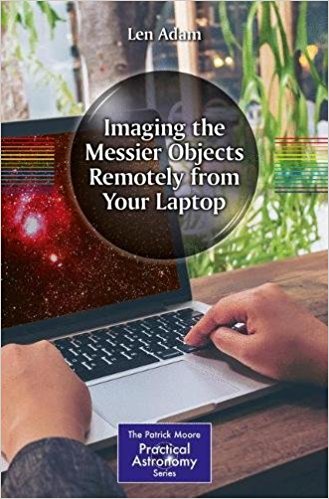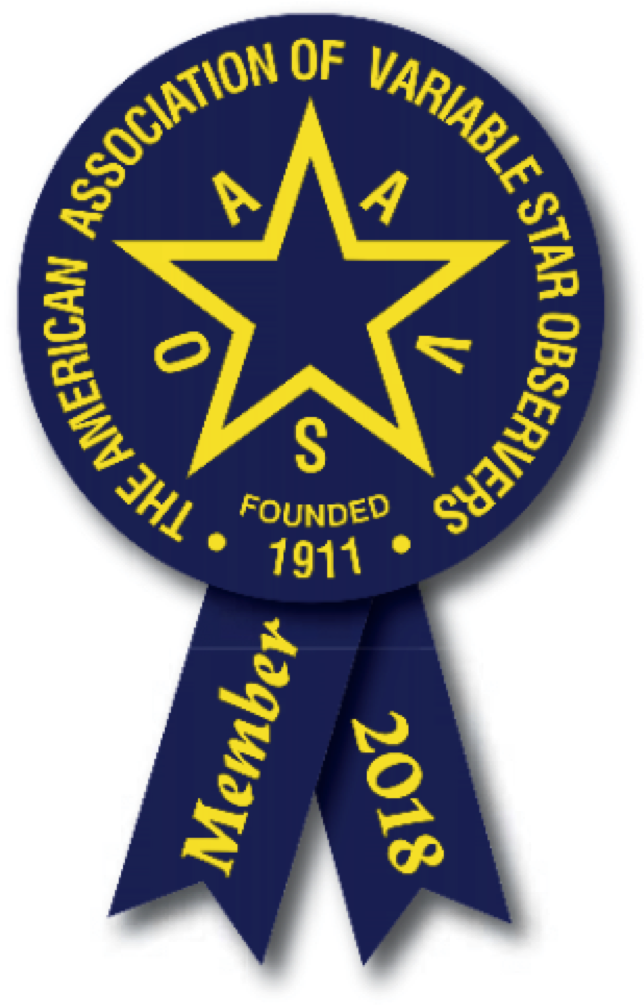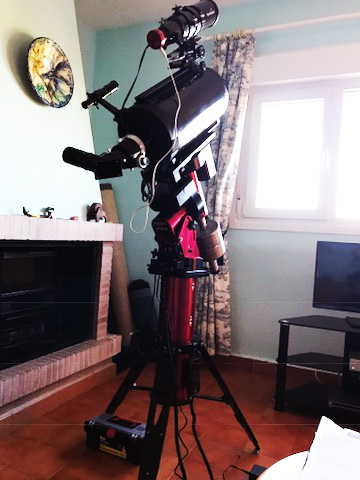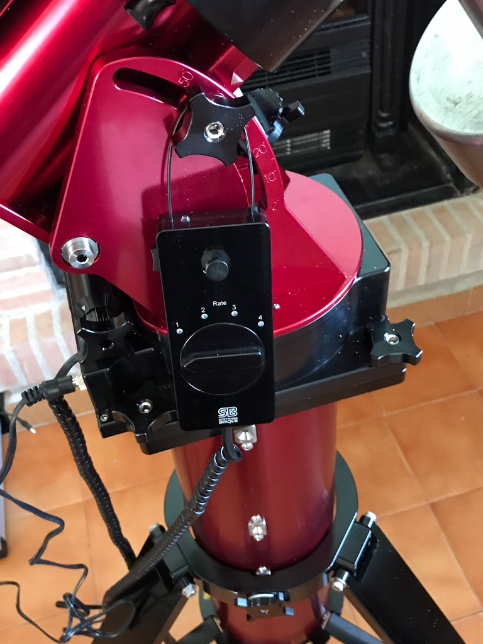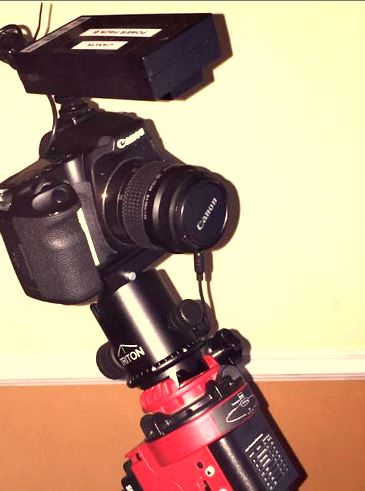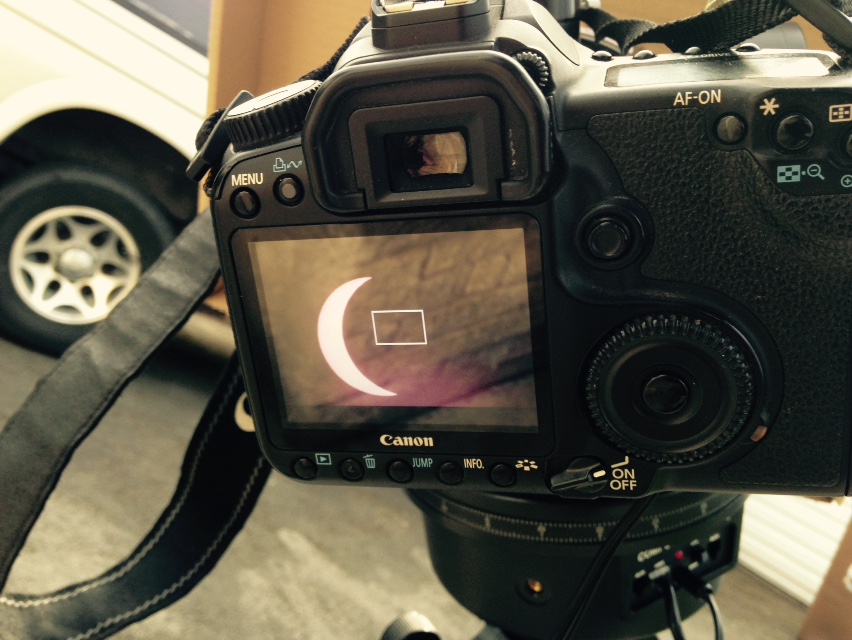AAVSO Alert No. 518
 Thursday, April 16, 2015 at 12:28AM
Thursday, April 16, 2015 at 12:28AM AAVSO Alert Notice 518
April 15, 2015
Observations of 2MASS J06593158-0405277 needed
Dr. Fabienne A. Bastien (Hubble Postdoctoral Fellow, Pennsylvania
State University) has requested AAVSO assistance in monitoring the
rare FU Ori object 2MASS J06593158-0405277 as part of a campaign to
observe this T Tauri star from the optical to the infrared in the
coming weeks.
Dr. Bastien writes: "Our goal is to obtain detailed outburst light
curves and SEDs [spectral energy distributions] of the object before
it goes behind the sun at the end of May to help us to place other
observations in the context of the outburst. At the moment, only
about two dozen of these objects are known, and we have very few
constraints on what causes them to undergo their eruptions. This is
also one of the brightest such objects that we have seen in recent
times (K magnitude of 7.6 and V magnitude of 11.4 as of December 2014).
"...We would like to continue to monitor its behavior from the optical
to the infrared (BVRIJHK and/or the equivalent Sloan filters) as it
appears to be changing. At least one set of observations per week
between now and the end of May would be ideal..."
BVRcIc and visual observations are requested every few nights from
now through the end of May. 2MASS J06593158-0405277 is approaching
conjunction and in Monoceros is low in the West by the end of
astronomical twilight. It will become increasingly difficult to
observe, but please keep going as long as possible. The high airmass
will not be a problem for the required accuracy of the data - 10%
photometry is fine. For the most accurate correlation with the
spectroscopic data, it is important that the photometry be
transformed.
Coordinates: R.A. 06 59 31.59 Dec. -04 05 27.8 (2000.0)
Charts with a comparison star sequence for 2MASS J06593158-0405277
may be created using the AAVSO Variable Star Plotter (VSP,
http::/www.aavso.org/vsp).
Please submit observations to the AAVSO International Database using
the name 2MASS J06593158-0405277.
This campaign is being followed on the AAVSO Observing Campaigns
page (http://www.aavso.org/observing-campaigns).
This AAVSO Alert Notice was compiled by Elizabeth O. Waagen.
 [Your Name Here] | Comments Off |
[Your Name Here] | Comments Off | 
